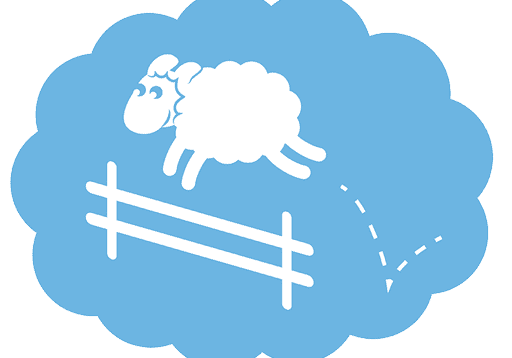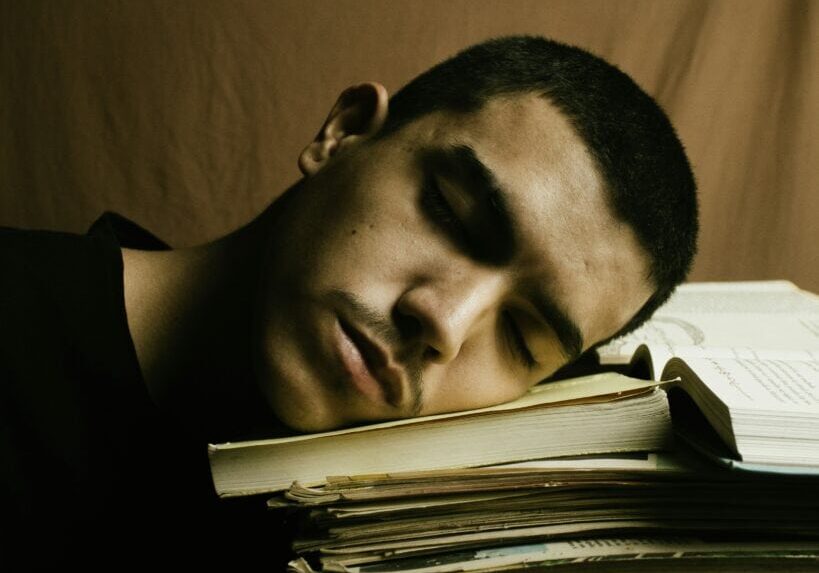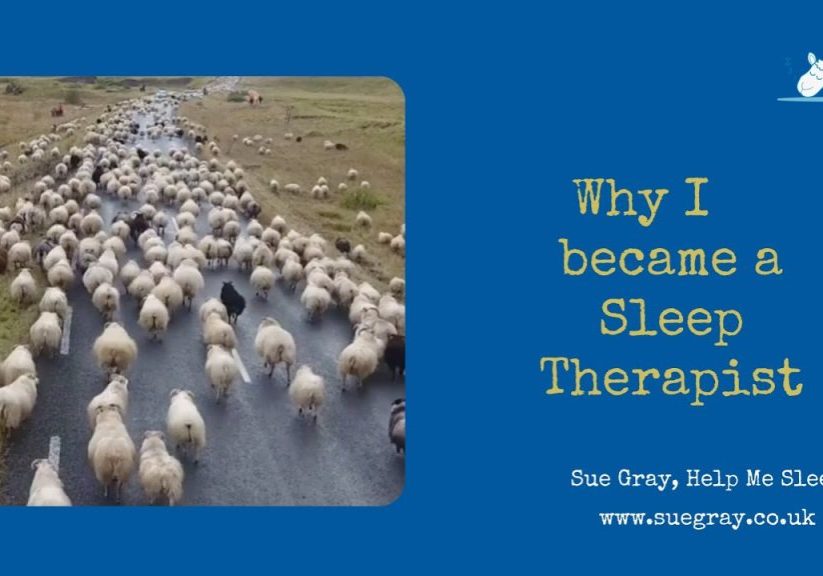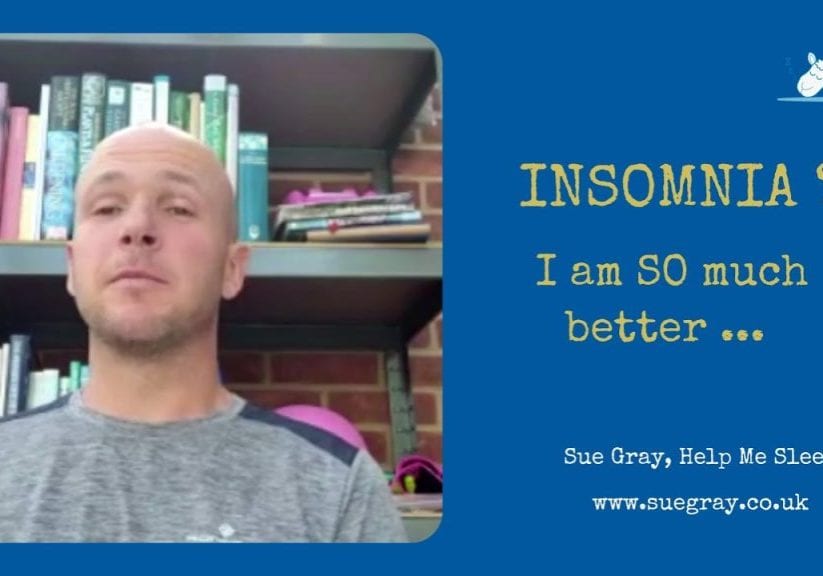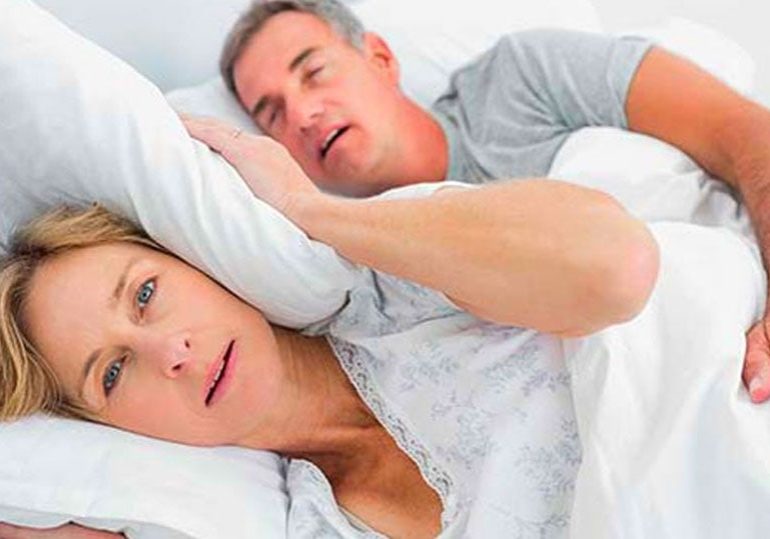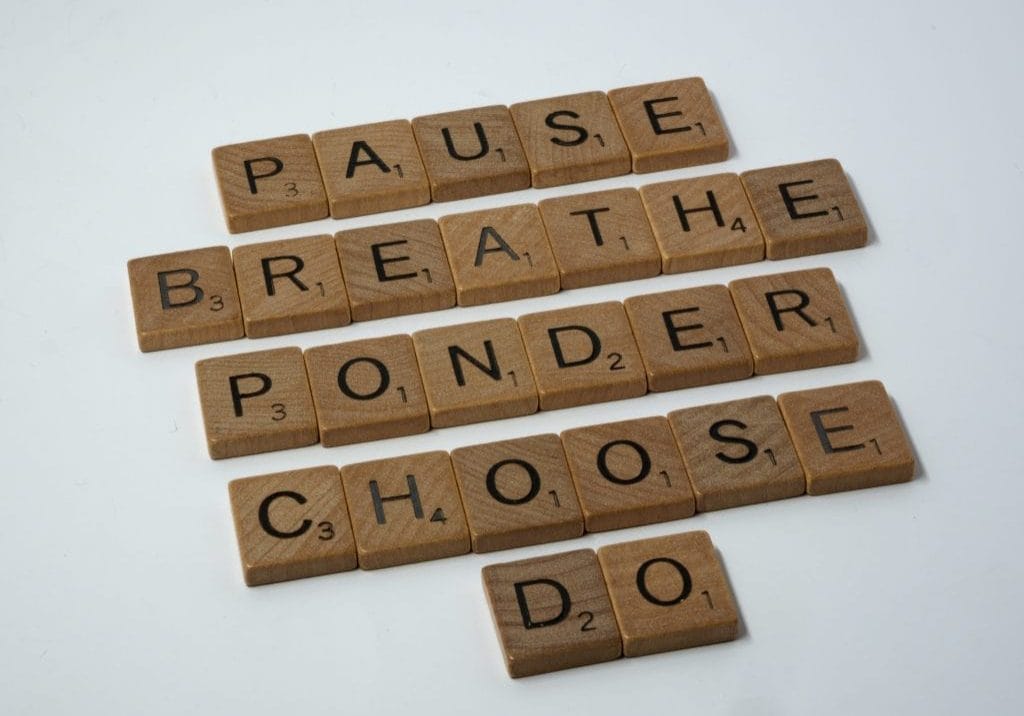FREE
Guided Help Me Sleep
Self-Hypnosis and Meditation Downloads
REMEMBER
Check out why pain is present – don’t make assumptions.
Pain is your body’s early warning system that something may be wrong.
Helping people overcome chronic pain insomnia is a big part of my mission to help people get a good night’s sleep. Many people struggle to get to sleep and then wake in the night. Did you know that pain is the biggest cause of Insomnia and is often and factor in other sleep disorders? So, if you are searching for how to sleep with pain – fibromyalgia, back pain, arthritis, cancer or other cause, then this article is for you. It suggests a range of drug-free natural techniques that you can use to improve your sleep and reduce or eliminate your pain.
Over the years, I developed a checklist of things to cover – they are also my Top Tips for Sleeping with Pain and other blogs.
“I have suffered from chronic back pain for over 15 years and had endless investigations, medications, and pain management treatments with no real relief. I never got to the bottom of why I was in so much pain. During my first session with Sue, my pain subsided, and after several sessions together, I realised that most of my pain was due to suppressed anger and emotions I had stored up over the years.
1. MIND & BODY CONNECTION
Our minds and bodies are not the separate mechanical entities many of us were brought up to believe. When you understand how your mind and body are creating and sustaining pain, you can change it. If you want to improve your sleep, it is also essential to understand how sleep works, as we can have unreasonable expectations that get in the way of a refreshing night’s sleep. We may long for an unbroken night’s sleep, whereas it is normal to wake during the night.
How Sleep Works – here are some basic sleep facts:
We sleep in c90-minute cycles. Each cycle consists of 4 sleep stages:
- Stage 1 non-REM Sleep – very light sleep
- Stage 2 non-REM Sleep – which is deeper sleep
- Stage 3 non-REM Sleep – very deep sleep – you only go into this sleep on the first two sleep cycles at the beginning of the night
- Stage 4 REM Sleep – REM Sleep gets longer as the night goes on. It is when you dream, and your inner admin team goes to work – filing all the events from the day.
- You then go back in Stage 1– very light sleep, taking with you the thoughts the internal admin team have been processing. So, it can SEEM as if you have been awake for an hour and a half or so, as the same thoughts are continuing, but actually you very often have slept and woken again.
How Pain Works – Neuroscience has discovered that pain is not what it seems. We think of pain as a single impulse from a particular part of the body, but it is actually a collection of sensations in the brain, not in the body. Many amputees, for example, still feel pain in the limb they lost.
Check ALL your medication carefully – Drugs such as amitriptyline can be effective in the short term for pain and sleep, but they all have side-affects and their effectiveness reduces over time. Make sure any medications you take do not make your sleep issues worse. Anti-inflammatory drugs and even over-the-counter pain killers can inhibit the production of the “sleep hormone”, melatonin.
Pain is in the Brain – Dr Michael Gross is a leading Consultant UK Neurologist, based in Harrow. In his article ‘Pain is in the Brain’ he says that depression and chronic pain share common biological pathways. Studies using neuroimaging show the role of thoughts on pain and how psychological tools can help people with chronic pain. Other studies show that chronic pain alters the structure of the brain and that the brain learns pain – and potentially other states such as chronic daily headache, irritable bowel syndrome, fibromyalgia and the chronic fatigue syndrome.
The Link between Pain and Thoughts – Dr Phil Parker – eminent Neuroscientist, Researcher, Therapist and inventor of The Lightning Process has made this wonderfully simple 2-minute video that demonstrates how the brain creates chronic pain and the importance of changing your thinking. It also explains why pain can continue long past the original need to alert you something is wrong.
NEUROPLASTICITY MADE SIMPLE
2. SLEEP TRAINING
Sleep training is about getting you back into good sleeping habits. But first you need to decide what you want and your priorities.
A Sleep Diary or a Journal will help you record what you are doing during your day and evening. You can record not just when the pain keeps you awake and the nights you sleep a little better. The quality of your sleep, how you feel in the morning. What are your sleep patterns? What time do you go to bed and get up? Do you have a routine, or did that go out the window a long time ago? Do you just do whatever you can to get more sleep? What do you eat and drink in the evening, Has there been any stressful events, how you are feeling today?
Life Coaching / Sleep Coaching can help you identify the priority areas to work on, help you set realistic goals and support you as you work towards them. NLP and Hypnotherapy can make this a much easier job than using will power.
Your goal may look something like this:
I want to relax and switch off in the evening, reduce the pain and sleep well. To achieve this, I will work out a evening routine that works for me. I will get help to de-stress, sleep better, and quieten my anxious thoughts.
3. HYPNOTHERAPY and NLP
Hypnotherapy and NLP have a long track record of pain control and helping people improve their sleep. Help Me Sleep’s therapy and coaching programmes make extensive use of hypnosis tried and tested hypnosis and NLP techniques. Pain and Sleep Part ! has explains in detail how both NLP and Hypnosis can help both Sleep and Pain. There are dozens of books on hypnotherapy for pain – including long textbooks for Practitioners and Doctors. It is a well-established and well-researched area.
The Complementarity and Natural Health Care Council is a government body covering alternative therapies. It notes the benefits of hypnotherapy, for many people, in reliving and managing perceived pain.
Hypnosis can help you deeply relax, let go of the pain and can in trance you can give instructions to the body to heal. You can learn self-hypnosis for pain.
Hypnosis has been used for thousands of years. It dates back to ancient India, Greece, and Egypt. Some of the earliest evidence of hypnosis for healing comes from the Egyptian Ebers Papyrus, dating to 1550 BC. According to this ancient medical papyrus, priest-physicians repeated positive suggestions while administering their treatments and had patients fix their gaze on metal discs to enter a trance. John Mongiovi, an American Hypnotist, has some fascinating blogs history of hypnosis on his website.
NLP stands for Neuro-Linguistic Programming.
- Neuro refers to your neurology;
- Linguistic refers to language;
- Programming refers to how neural language functions.
NLP is like learning how to programme your mind by learning the language of your mind. Hypnosis and NLP are often used together in the treatment of pain to help change how your mind interprets the pain signals. You can learn to turn off the pain or reduce it, but remember that pain is a warning sign, so make sure you have checked out the cause.
NLP Techniques can help ‘re-programme’ unhelpful patterns of thinking, install new habits and make your unconscious mind think you have been doing these new habits for some time. It can help by:
- Telling the pain it can now go
- Creating numbness
- Moving the pain to a more manageable area of the body or a long way away
- Changing how you think about pain
- Removing the fear of pain
- Resolving the original cause of the pain
- Asking the unconscious mind to resolve the issue
- Altering the sensations
Sue was recommended to me through a family friend. Two years ago, doctors found a tumour on my spine. As a young lady in my twenties, not only was I devastated, I was also scared about what the future may hold. Sue’s hypnotherapy helped me through many sleepless nights, down days and most importantly helped me to focus on staying positive. Her services are priceless. Thank you, Sue!” L, Wembley
Shlomo Vaknin’s excellent book ‘Advanced Mental Techniques for Pain Control’ has techniques you can experiment with on your own or with a coach/therapist.
Charlie Chaplin
“Laughter is the tonic,
the relief, the surcease for pain.”
Charlie Chaplin’s early life was tough and harsh. He spent most of his childhood in London orphanages, where he often went hungry and was regularly beaten. Like Erikson, he developed his own ways for dealing with the hurt’s life threw at him – mental as well as physical pain. By ‘playing’ with pain, he was removing his fear, as well as changing how he perceived it and altering its sensations.
Milton Erikson – One of the therapists studied by the early NLP researchers was Milton Erikson, a founder of modern hypnosis, who used trance and the power of his mind almost every day of his life to cope with the extreme pain from polio. As a teenager, he had stopped himself dying, after overhearing the doctor tell his mother he would not survive the night. He was unable to move – but taught himself to walk again and function. When he woke morning, the first thing he had to do was to get his body under control. His stories are astonishing – and well worth reading or listening to.
A colleague was in a lot of pain and urgently needed to get through that day. Using hypnotic suggestion, we reduced the pain enough to let him get through his day, but not so much that he would forget to go to his GP appointment.
Charlie Chaplin
“To really laugh,
you have to be able to take your pain
and play with it.”
4. RELAXATION
Relaxation is the key factor in getting a good night’s sleep and controlling pain. When you are relaxed and calm, your parasympathetic nervous system is switched ON. This puts you in Thrive, Help and Sleep mode. Help Me Sleep’s coaching and therapy programmes are designed to help you switch on your parasympathetic nervous system as quickly as possible.
When you feel relaxed you can rest more deeply, and this allows your body to start healing. When you are battling with your body – or with anything – you are using a lot of energy, that could be better used for healing. The first chapter of Sandy C. Newbigging’s book, Body Calm, talks about the importance of letting the body and mind rest if you want to heal.
5. MEDITATION
There are many studies showing the long term benefits for mindfulness-based meditation on pain. Pick one that you can use wi your eyes open or closed and that that does not require you to stop your thoughts or clear your mind. I recommend Ascension Meditation, or Sandy Newbigging’s Mind Calm or Body Calm. You can also find guided meditations specifically to help with pain but use these as well as, not instead of a regular meditation practice – start off with 5 minutes three times a day. See my other blogs on meditation, and Download your Free Guided Meditation for Sleep at the Help Me Sleep Shop.
6. BREATHING
Breathing correctly and making use of breathing techniques for energy and relaxation will have a really positive impact on both your sleep and pain.
Only breathe through your nose – Breath slowly, gently and silently in and out through your nose.
Other Breathing Techniques that can help relieve pain and calm both the body and mind include:
- Diaphragmatic Breathing
- Alternate Nostril Breathing
- Single Nostril Breathing
See Help Me Sleep’s blog on Breathing Techniques.
7. LANGUAGE
The language we use has a very interesting effect on our experience of pain. Are you Fighting, Battling, Struggling? When we live with Chronic Pain or illness, we often talk and think about fighting it – feeling anger – but is that the best way? An article in Psychology Today suggested that seeing health as a “struggle” could make your suffering worse and that it might be more useful to explore the sensations of pain and illness as they rose and fell in your body – using a mindfulness meditation. And while this might initially seem like the worst thing imaginable, the latest medical advances show that it can be more potent than the most commonly prescribed painkillers.
Pain or Comfort – which do you prefer? – Dr Phil Parker’s book ‘Du” – available as a free Kindle download, looks in detail at language and the impact on our health. When you use the word ‘Pain’, you can notice yourself tensing – which is not what you need when you are already in pain and tense. Try This – Swap the word Comfort for Pain for a week. Pain Killers become Comfort Tablets to increase your feelings of comfort. “I am in pain” becomes “I could do with a bit more comfort here!”
8. LEARN TO QUIETEN YOUR MIND
When we are in pain and finding it hard to sleep, it can prey on our minds. Or perhaps there is an upsetting event in your past that you think and talk about it a fair bit. We spend a lot of time in our heads and caught up in our thinking, and this makes it almost impossible to relax properly or to experience a calm mind and rested relaxed body. The body and mind work in unison. You may also find you have been having more headaches, pains, and bouts of ill health. Reducing overthinking is key to relaxing and improving sleep and pain. See my blogs on Overthinking .
9. RESOLVE THE ROOT CAUSE
Do you have an idea of what may be behind your pain? Chronic pain is often associated with buried emotions and old hurts such as grief, fear, trauma, anger, resentment and unforgiveness. As we get older, we have more experiences that can lead to buried emotions. Resolving or just accepting past hurts can be very liberating as well as taking away the need for the pain to be there. In my sessions, I often use The Core Transformation Process by Connirae Andreas, which is available as a book, free on Amazon Kindle. You may find it much more effective to work through it with a therapist.
10. FOOD & DRINK
Avoid stimulants, caffeine and alcohol as they disrupt your sleep. Alcohol may help you get to sleep, but it interferes with the quality of your sleep and you may find yourself waking in the night. Avoid big meals in the evening – try not to eat 2 -3 hours before you go to bed
Dale Pinnock’s book, the Medicinal Chef has sections on Insomnia, digestive problems and pain-related conditions.
For Insomnia, he recommends increasing magnesium intake, tryptophan-rich foods and avoiding refined carbohydrates (white bread, white rice, sugary snacks and drinks).
Key ingredients to include in your meals include bananas, cherries (which are rich in Melatonin), green leafy vegetables, tuna, Low GI grains (brown rice, quinoa, bulgur wheat). He has some great, simple recipes including banana-peanut oat bars and a good-night spiced cherry crumble.
Evening drinks that will help you unwind include
- chamomile tea,
- passionfruit tea,
- tart cherry juice
- milk.
Walnuts and almonds are a good late evening snack.
11. ROUTINES
Spend some time working out a routine that suits you and that you will find relaxing. Make sure you turn off all screens 45 minutes before bedtime, include some yoga for sleep stretches and a few minutes just sitting with your eyes closed doing nothing. See my blog on Establishing an Evening Routine for Sleep and download an audio file at the Help Me Sleep Shop page.
12. NAPS
Naps are good, they can help you relax and thrive. You do not need to actually sleep. Its best to keep naps short and before mid-afternoon. Click here for my more information and my blog on Napping.
13. EXCERCISE
Even if you are in pain, try to exercise every day. Try gentle yoga, walking, swimming or qigong. Practice some Yoga for Sleep stretches as part of your evening routine.
14. CHALLENGE YOUR BELIEFS
Is your glass half empty or half full? Do you think you have tried everything and there is no chance of anything working or are you open-minded? I was once given some good advice “Only hold beliefs that are useful. You can try on new perspectives and beliefs for size and if they don’t suit you, you can change back to what you had before – just like a new pair of shoes.”
15. SAY YES AND MEAN IT
Finally, if you can answer “YES” to these questions it will speed your journey enormously:
- Have you had enough of pain and poor sleep?
- Are you determined to get well – come hell or high water?
- If you are not sure – are you at least prepared to give it a go?
My experience:
My own experience – in 2009, I was in a lot of pain and could not sleep. I had tried all sorts of physical techniques for fatigue and pain, but nothing helped long term. In despair, I started looking into alternative therapies I had previously rejected. I just didn’t see how I could use the power of my mind to heal – it sounded crazy. But I did some more research and decided that if it can work for other people in my situation, it could work for me. I was so fascinated and amazed at the results that I decided to train as a Life Coach and Therapist.
What I a huge difference was my absolute determination to get well. A close relative had had died, aged 102. So, if I accepted what the doctors told me, I could have another 50 years of this! It was a light-bulb moment. I decided I would get well no matter what it took. My phrase that came ot me was “I am going to get well, even if I have meditate, standing on my head on the top of a mountain for 6 months”…. A number of years later, on a mediation retreat in Spain, I suddenly remembered that phrase. I was at the beginning of a 6-month meditation course on the top of a mountain….
If you are ready to make changes to your Sleep, get in touch today to see how I can help you.
Call or Text O7792 447331 or email hello@HelpMeSleep.uk
REMEMBER
Check out why pain is present – don’t make assumptions.
Pain is your body’s early warning system
that something may be wrong.



